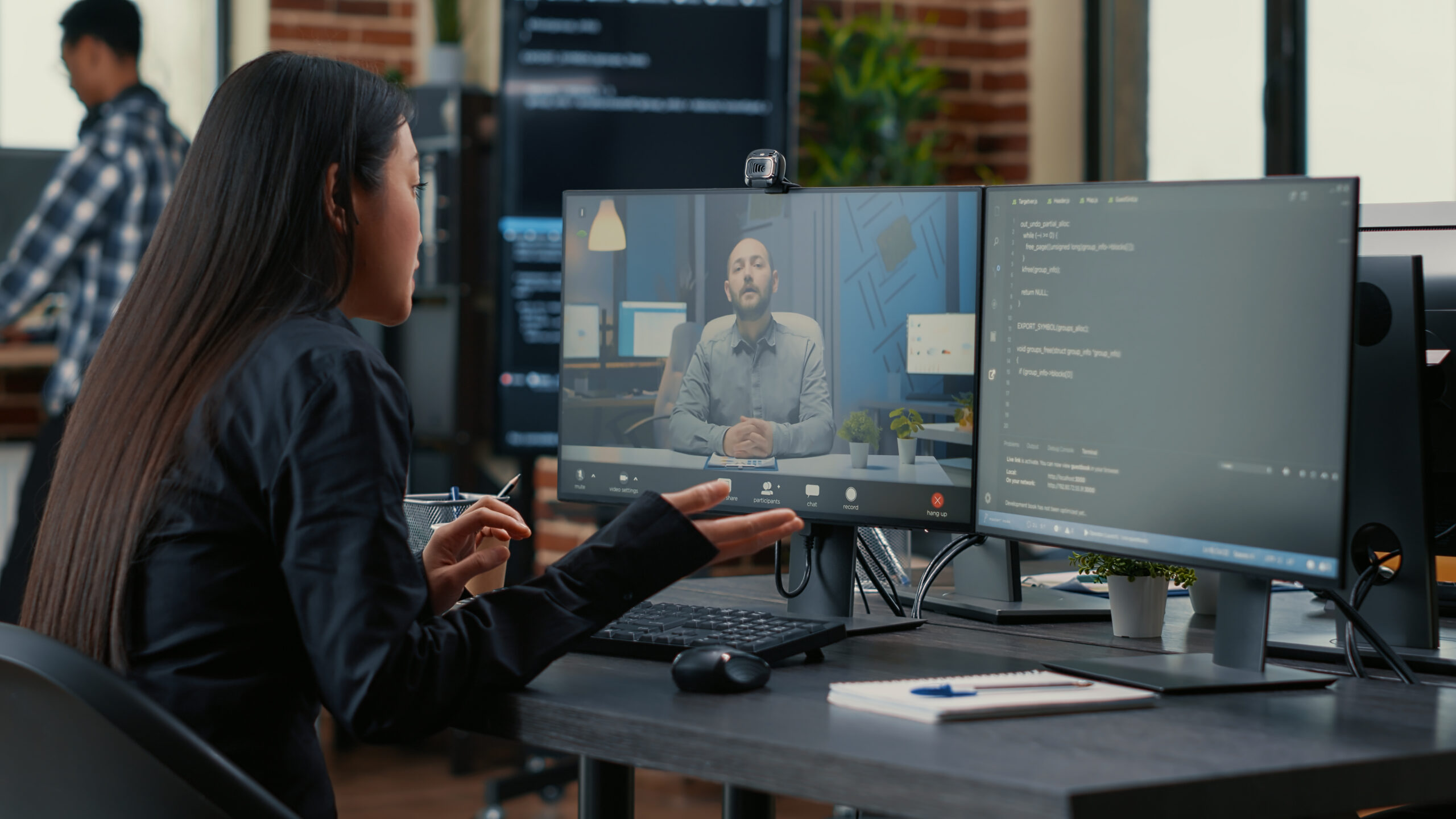Permanency: Remote Work Is Here to Stay
The Future of Remote Work Post-Pandemic, Remote work is no longer a temporary response to a crisis; it’s a long-term transformation of the modern workplace. According to a 2021 Gartner survey, 82% of company leaders intend to permit employees to work remotely, at least part-time, in the post-pandemic world. This shift towards permanency is driven by several factors:
Talent Acquisition and Retention:
Remote work opens the doors to a global talent pool. Companies are no longer confined to hiring talent within commuting distance, and employees can choose to work for companies they’re passionate about, even if they are thousands of miles away.
Cost Savings:
Reduced overhead costs for office space, utilities, and maintenance have been a significant financial incentive for many companies. This can lead to increased profits or resources allocated for employee benefits and development.
Work-Life Balance:
Employees have experienced improved work-life balance during the pandemic. The ability to work remotely offers more time with family, eliminates long commutes, and can even enhance overall job satisfaction.
Environmental Impact:
Less commuting and office-related energy consumption reduce an organization’s carbon footprint, aligning with corporate social responsibility goals and environmental sustainability.
Flexibility: Adapting to Diverse Needs
Flexibility is at the heart of the future of remote work. While some employees thrive in a remote setting, others prefer the structure and social interaction of the office. Companies must adapt to this diverse spectrum of needs and preferences to succeed in the post-pandemic work environment.
Hybrid Models:
Many organizations are embracing hybrid work models, allowing employees to split their time between remote and office work. This flexibility accommodates individual preferences and promotes a healthy work-life balance.
Flexible Scheduling:
Remote work enables employees to work at their own pace, within reason. The traditional 9-to-5 workday is no longer a strict standard. Flexible scheduling empowers employees to choose their most productive hours, enhancing efficiency and job satisfaction.
Remote Benefits:
Companies are developing remote-specific benefits to enhance the remote work experience. These may include stipends for home office setup, wellness programs, virtual team-building activities, and more.
Communication Tools:
The use of advanced communication and collaboration tools has become integral to remote work. Companies are investing in technology to ensure seamless connections between remote and in-office team members.
Adaptation Strategies: Staying Agile in a Changing Landscape
The future of remote work is dynamic, and businesses must remain agile in their approach to adapt and thrive. Here are some key adaptation strategies to consider:
Investment in Technology:
Companies must stay at the forefront of technology. This includes upgrading communication tools, cybersecurity measures, and data protection to ensure the safety and efficiency of remote work.
Redefining Performance Metrics:
Traditional performance metrics may not apply in a remote work setting. Instead, focus on results and output, rather than hours worked. Establish clear, measurable goals to assess employee performance accurately.
Employee Training and Development:
Remote work requires specific skills and competencies, such as self-discipline, time management, and effective online communication. Offer training and resources to help employees succeed in this new environment.
Mental Health and Well-being:
The mental health of remote employees should be a top priority. Implement programs that address stress, isolation, and burnout. Encourage open dialogue about mental health issues to create a supportive culture.
Managerial Adaptation:
Managers need to adapt their leadership style to manage remote teams effectively. Trust, communication, and results-driven management become even more critical in a remote work environment.
Regular Feedback and Check-Ins:
Frequent check-ins and feedback sessions are essential to keep remote employees engaged and aligned with company goals. Establish a feedback culture that promotes continuous improvement.
Challenges and Concerns
While remote work has its advantages, it also presents challenges and concerns that must be addressed:
Isolation and Loneliness:
Remote workers may feel isolated, which can lead to feelings of loneliness and decreased motivation. Companies must actively work to maintain a sense of belonging and connectedness.
Security and Privacy:
Data breaches and cybersecurity threats are real concerns in remote work settings. Organizations need robust security measures to protect sensitive information.
Work-Life Balance:
The boundary between work and personal life can blur when working remotely. Companies should encourage employees to set clear boundaries to avoid burnout.
Inequities:
Not all employees have equal access to remote work opportunities, leading to potential disparities in career progression. Companies should address these disparities to maintain a fair and inclusive work environment.
Conclusion
The future of remote work post-pandemic is marked by permanency, flexibility, and adaptation strategies. Companies that embrace this transformation will be better positioned to attract and retain talent, save costs, and contribute to a more sustainable future. However, to succeed in this new landscape, businesses must adapt to the diverse needs of their workforce, remain agile, and address challenges effectively. Remote work is here to stay, and its future is a landscape of opportunities and challenges that will continue to shape the modern workplace for years to come.




[…] The Future of Remote Work Post-Pandemic […]